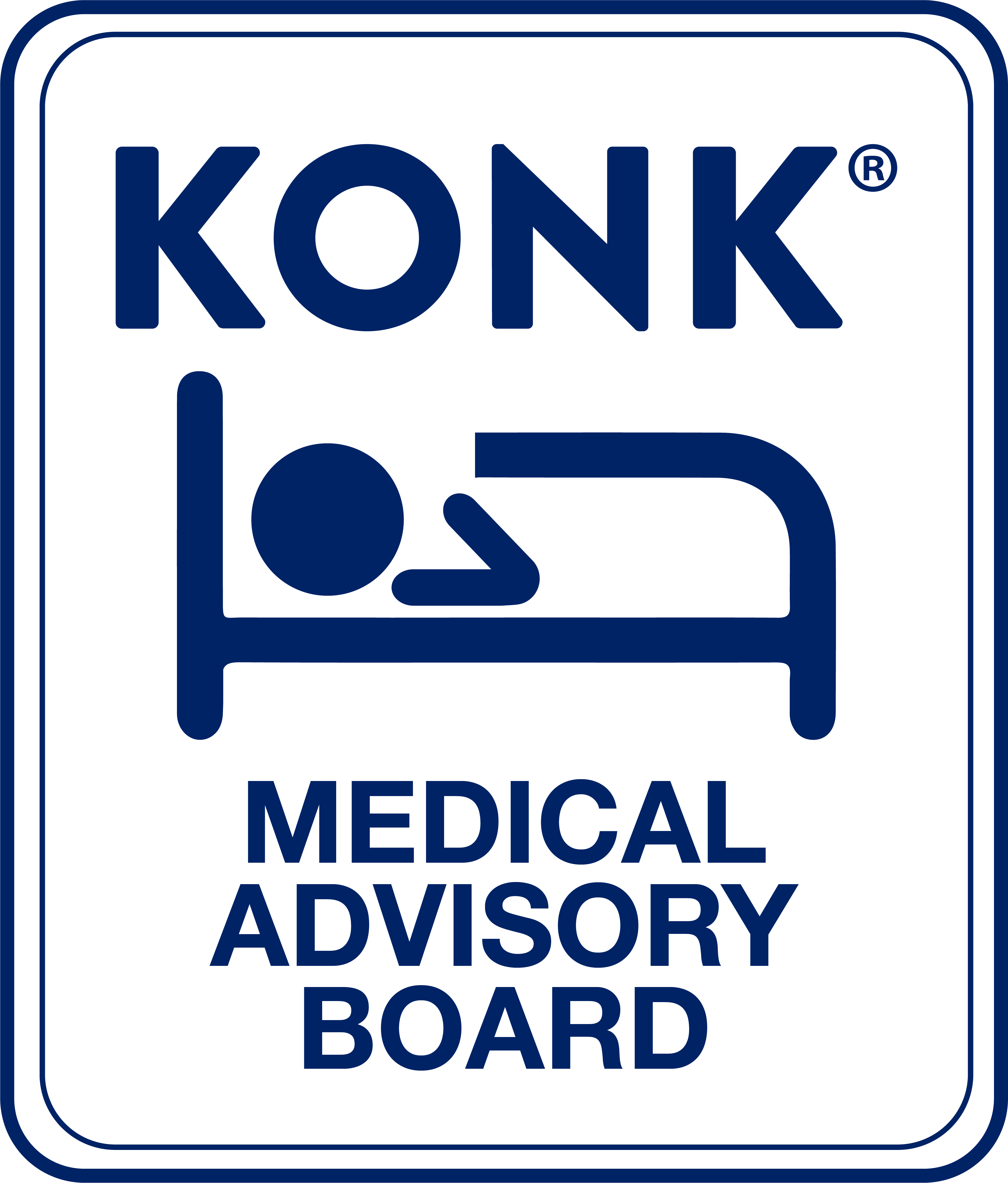Whether you are a specialist or a general practitioner, there is a good chance that the medical problems you treat are themselves useful screening criteria for seemingly unrelated disease conditions that require prompt attention. Perhaps no aspect of clinical medicine correlates with this axiom greater than sleep disorders: the health issues that non-sleep specialists treat are often strong positive indicators of Obstructive Sleep Apnea (OSA) – a condition whose long term impact and associated morbidity is often more serious than the complaint for which the patient arrives. As a result, if we keep our eyes open for conditions associated with sleep disorders, we all have the opportunity to help our patients not just once, but twice.
Consider the high rates of erectile dysfunction and kidney stones found in patients with OSA: A thoughtful urologist who has referral access to a user-friendly sleep service has the opportunity to relieve tremendous suffering in the patients with these diseases – but could also save the life of an undetected sleep apnea patient whose very presence in the urologist’s office may be a sign of the increased mortality risk from heart attacks, stroke and car accidents that arise from OSA. Though sleep apnea is not generally considered the purview of a urologist, there is no reason it could not be – especially if that urologist has the option of referring the patient to a web-based virtual platform that gets the patient treated in days, and almost immediately reduces the risk of potentially fatal disease.
The same goes for a psychiatrist who sees a male over 40 with new onset depression; a gynecologist who sees a fatigued woman in menopause; or a cardiologist who treats atrial fibrillation: They can each help the patients for the issues that bring them to the office, but they could help them again – and just as meaningfully – with a simple referral to an accessible consultation for sleep apnea, which is associated with each of these conditions.
With that in mind, what follows is a list of issues customized for a clinical pulmonologist, each of which should prompt the expedient evaluation of the patient for OSA. Though many sleep specialists are certified pulmonologists, most pulmonologists are not certified sleep physicians, though are equally expert at identifying most OSA without elaborate workups.
Long Covid. Also referred to as Post-Acute Sequelae of SARS-CoV2 infection (PASC), untreated OSA increases its incidence. Interestingly, the PASC symptoms associated with OSA include “brain fog” and mood disorders. Long Covid patients with clinical histories consistent with OSA should not need to wait months to get onto positive airway pressure therapy (PAP), which mitigates symptoms.
Laryngopharyngeal Reflux and Chronic Cough. The increased intrathoracic pressure associated with apneic events often produces gastric reflux; when the refluxate reaches the larynx or pharynx, cough often ensues. Patients with chronic cough and normal pulmonary workups may have OSA, and therapies typically directed to the gastrointestinal tract are not going to be as effective as PAP.
Overlap Syndrome. This is the relatively common (in a pulmonologist’s office, at least) co-presentation of COPD and OSA. Each disease can exacerbate the other, and each condition threatens the patient’s overall health. Patients with “overlap syndrome” likely require evaluation in a certified sleep center.
Positive Notification From a Consumer Wearable Device. This is going to be an increasingly common presentation to pulmonologists and primary care, as both the Samsung Galaxy series of smartwatches and the Apple 10 watch recently received FDA approvals for diagnosis of moderate to severe OSA. Let’s briefly review the accuracy of a positive notification: The Galaxy has a specificity of 88%, and the Apple 10 has a specificity of 98%: Most of these patients can receive a health history review and start on PAP without an overnight sleep study; this specificity rivals or exceeds that of polysomnography.
Asthma. Patients with asthma, particularly those whose asthma is poorly controlled, should be evaluated for OSA; the co-morbidity of these conditions has been reported to be anywhere from 38-70%. PAP results in markedly improved symptoms in patients with both controlled and uncontrolled asthma.
All doctors, particularly specialists, should be cognizant of our tendency to see clinical presentations through the prism of our specialty training. Sleep is such an important pillar of health that all of us should consider its disturbance as a possible “upstream” cause of the medical problems we routinely and expertly handle.
If any of these clinical conditions are commonly present in your practice, it’s worth considering the possibility of Obstructive Sleep Apnea (OSA) as their cause. Untreated OSA can have serious health implications, but the good news is that effective treatments are available. Refer your patients to Konk Sleep to explore their options and take the first step toward better sleep and improved health, all without leaving their homes.

